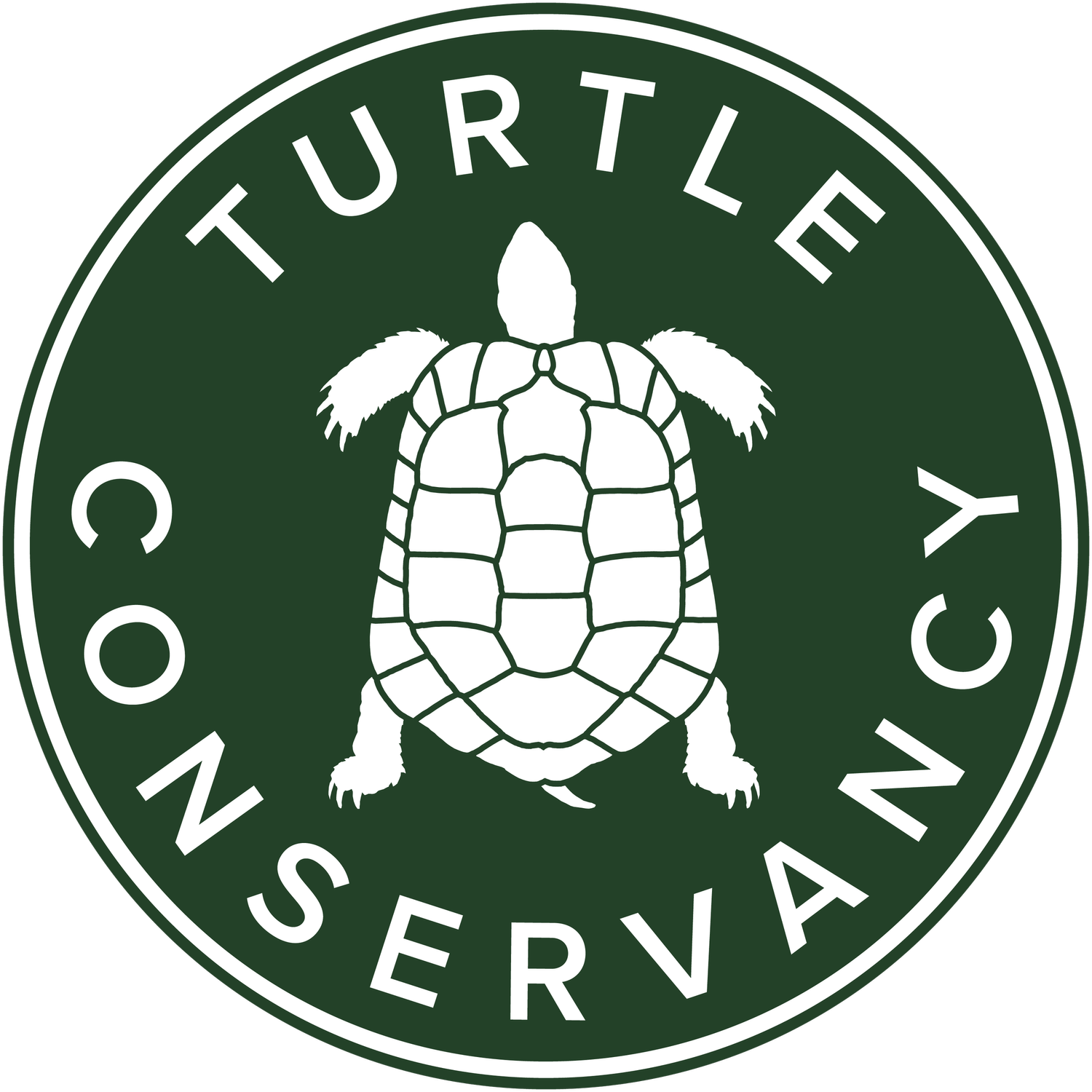This past month, we had the good fortune to be hosted by Tompkins Conservation at two of the national parks they have created. Doug and Kris Tompkins donated over 14 million acres of land to create national parks in Chile and Argentina, to combat climate change and help restore lost biodiversity in the region. One of their core missions is rewilding populations of species that were wiped out by humans through agriculture, development and hunting. Their team invited us to help them explore the rewilding of a popular tortoise species in a largely unstudied part of its range.
Dani Campanella from Tompkins Conservation met us in Buenos Aires and guided us first through Iberá, a 3.2-million acre national and provincial park. Iberá is a freshwater wetland located in Northern Argentina, 1 million acres larger than Yellowstone National Park in the United States. (To put that in perspective, Everglades National Park is roughly 1.5 million acres.) This ecosystem is home to an assortment of threatened species, including the giant anteater, Pampas deer, tapir, Green-winged Macaw, and collared peccary. The floodplains are inhabited by two species of caiman, capybara, and one species of turtle - the Hilaire's Side-necked Turtle(Phrynops hilarii). However, the ecosystem is lacking two apex predators, the jaguar and the giant otter. Tompkins Conservation is actively working to restore these species back into the park. It was an inspiration to tour their 75-acre jaguar soft-release pens, and meet the breeding animals that will re-establish the species in the area.
From there, we reached Impenetrable National Park in the Chaco region of Argentina. This park was once home to four species of turtles and tortoises, with one notable name missing. Currently, the park has records of the Scorpion Mud Turtle (Kinosternon scorpioides), Chaco Side-necked Turtle (Acanthochelys pallidipectoris) and Chaco Tortoise (Chelonoidis chilensis). However, the Red-footed Tortoise (Chelonoidis carbonarius) has been recorded in areas to the North, South, and East of the park within the past two decades. This is a population of Red-footed Tortoises that is largely reliant on the burrows of other animals to escape the harsh, dry climate in the region, especially burrows dug by the giant armadillo (which is present in the park). Sadly, the Red-footed Tortoises were hunted by indigenous communities and settlers of European descent for generations. This is also a population that is extremely sensitive to agricultural development, due to their reliance on burrows and natural, higher elevation, forested areas in the Chaco.
Our trip was exploratory in nature, confirming suitable habitat still remains, finding local records of the species’ presence, and finding captive individuals that might serve as breeders for future reintroductions. With the collaboration of Tompkins Conservation, Dr. Tomas Waller, and others, the Turtle Conservancy is committed to exploring the range, genetics, and ecology of this population of tortoise in an effort to return them to this part of their natural habitat.
For those interested in exploring these amazing natural areas, please visit the Tompkins Conservation website. On our trip we were lucky to encounter wild giant anteaters, adult and baby tapir, caiman, several species of snakes, tegu, and more. Equally impressive, the accommodations boast an eco-resort, nestled deep within the park so that wildlife is just outside your doorstep.













